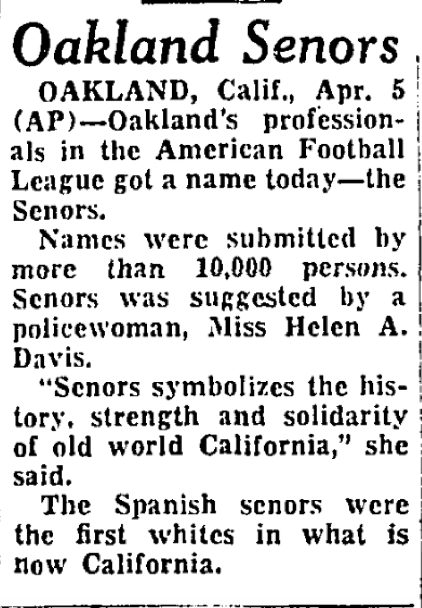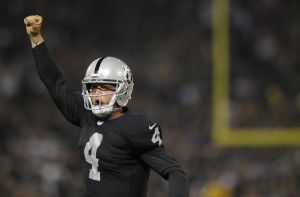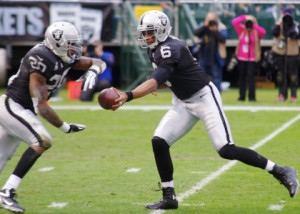
Would you trust this man?
Most criticisms of 4th down calls spring when teams fail to go for it on 4th down and instead punt or kick a field goal. It is much rarer for stat geeks to cry out for a field goal attempt instead of a punt, and for good reason: field goals aren’t that valuable.
One reason for that: a field goal isn’t really worth 3 points; historical data tells us that a field goal is really worth 2.4 points. That’s because the other team gets the ball following a kickoff, on average, at the 26- or 27-yard line, and possession on 1st and 10 there is worth +0.6 points to that team. Therefore, a touchdown is really worth 6.4 points and a field goal worth 2.4 points, making a touchdown 2.67, and not 2.33, times as valuable as a field goal.
(It’s worth noting that, according to Jim Armstrong of Football Oustiders, since the rules changes last year on kickoffs, the average field position following a kickoff was 22.2 last year and 22.0 so far this season. Teams are at +0.4 in that situation, so a touchdown might now be worth 6.6 points and a field goal 2.6 points.)
Oakland Raiders coach Dennis Allen faced an interesting decision in the first quarter of the game against Atlanta last Sunday. On their second drive of the game, Oakland ran Darren McFadden for 8 yards on 3rd and 16 from the Atlanta 48. Facing 4th and 8 from the 40, Allen chose to punt.
In retrospect, it’s easy to criticize the decision. Shane Lechler’s punt went for a touchback, giving Oakland just 20 additional yards of field position, and after one play, the Falcons were already on the Raiders’ 39-yard line. And, of course, the Raiders lost by 3 in a game where Atlanta’s Matt Bryant nailed a 55-yarder to win the game.
But we can’t look at the outcome when analyzing Allen’s decision. What was the right call? We should probably start by acknowledging that, as a technically matter, the numbers say you should go for it. Considering the fact that the Raiders were an underdog, and that Oakland has (compared to the rest of their team) a pretty good passing game, and Atlanta has (compared to the rest of their team) a weak pass defense, going for it becomes an even more attractive option. But let’s put that to the side for now.
What are the odds of Janikowski hitting from 58 yards away? This season, kickers are 9 of 14 from 55+ yards out, although none have been attempted by Janikowski. Normally I would advise against using such a small sample size, but kickers this year seem to be deadlier than ever from long range. On the other hand, Janikowski is just 4/15 on kickers form 57+ yards over the last five and a half years. Even if you remove the 64, 65 and 66 yard attempts he missed, that’s still just a 33% rate. On the other hand, only two of those came in a dome — two misses in the span of two minutes in a game in New Orleans in 2008. My gut tells me that Janikowski is pretty close to even money in this situation in 2012, but I’m not sure how precise we can get.
But what we *can* do is figure out what the minimum percentage likelihood of success he needs to be at to make kicking the field goal the right call. According to Brian Burke, a missed field goal is worth -1.9 points to the Raiders, since the Falcons would get the ball at midfield, while a punt is worth +0.04 points to the punting team (presumably based on the other team getting the ball at their own 13-yard line).
There breakeven point where you should be indifferent between kicking and punting is therefore 45% (0.45 * 2.4 + 0.55 * -1.9 = +0.04). That seems to make it a pretty neutral decision. Given the fact that the Raiders were a heavy underdog, it’s pretty easy to argue that a 45% chance of 2.4 points (and a 55% chance of -1.9 points) is better than a 100% chance of being in a +0.04 situation. Underdogs need to take aggressive tactics, and this would have been an advisable decision. Of course, the more aggressive strategy with the highest reward would have been to go for it, although the presence of Janikowski does seem to argue in favor of kicking.
This wasn’t a particularly easy decision — or, given the context of the game, a particularly important one. Coaches make far worse decisions every Sunday. I do think in that situation, punting was the worst of the three options available for the Raiders.






